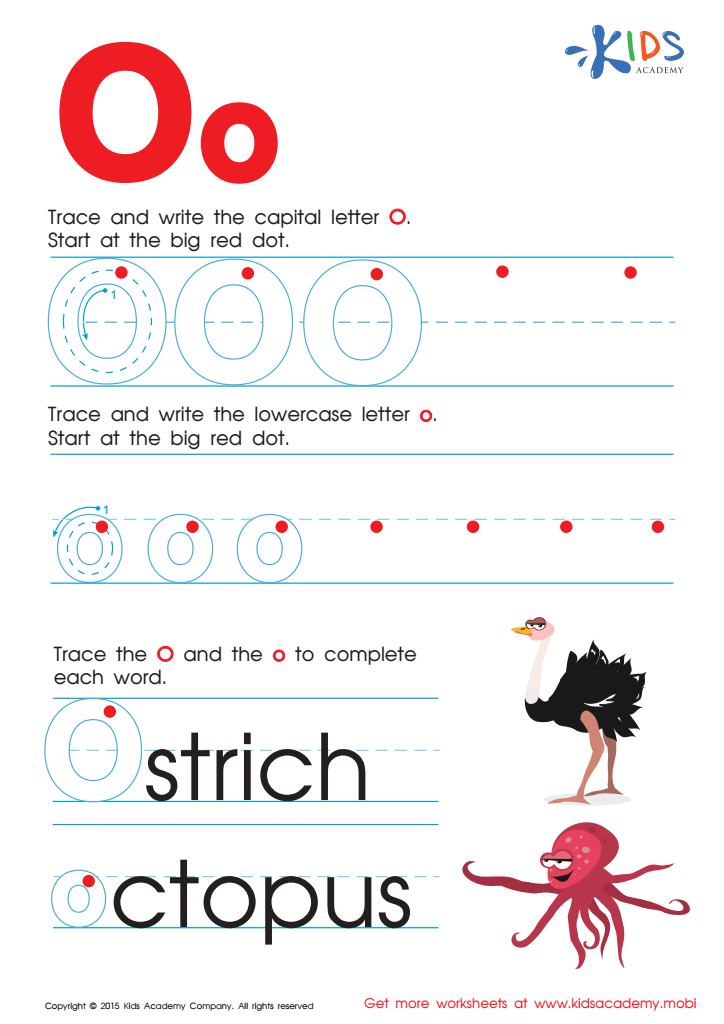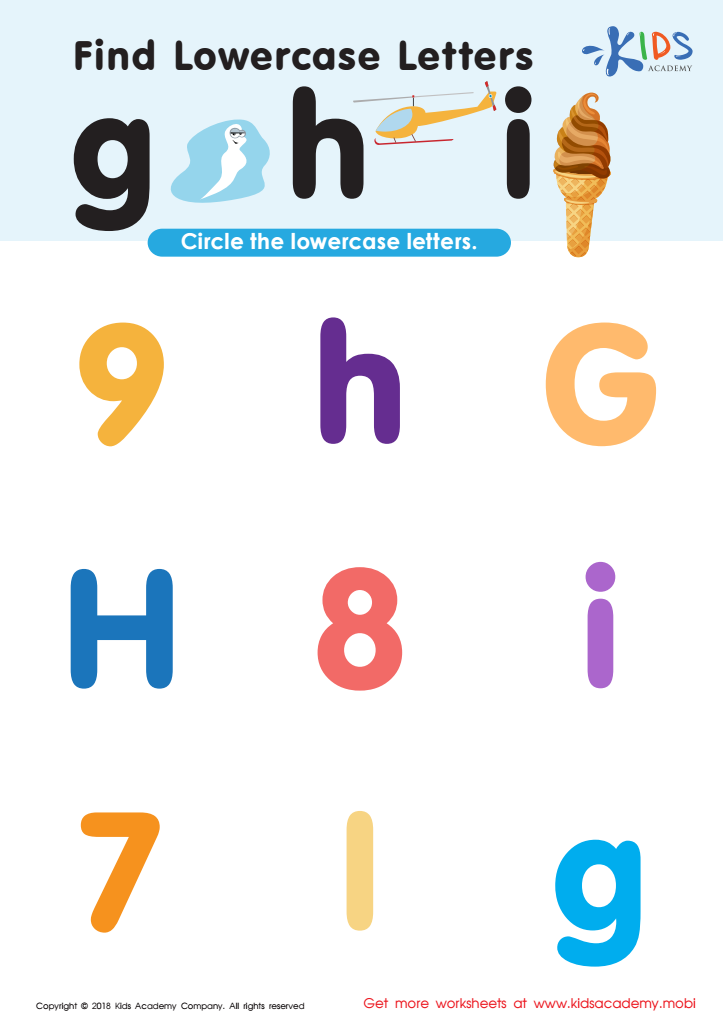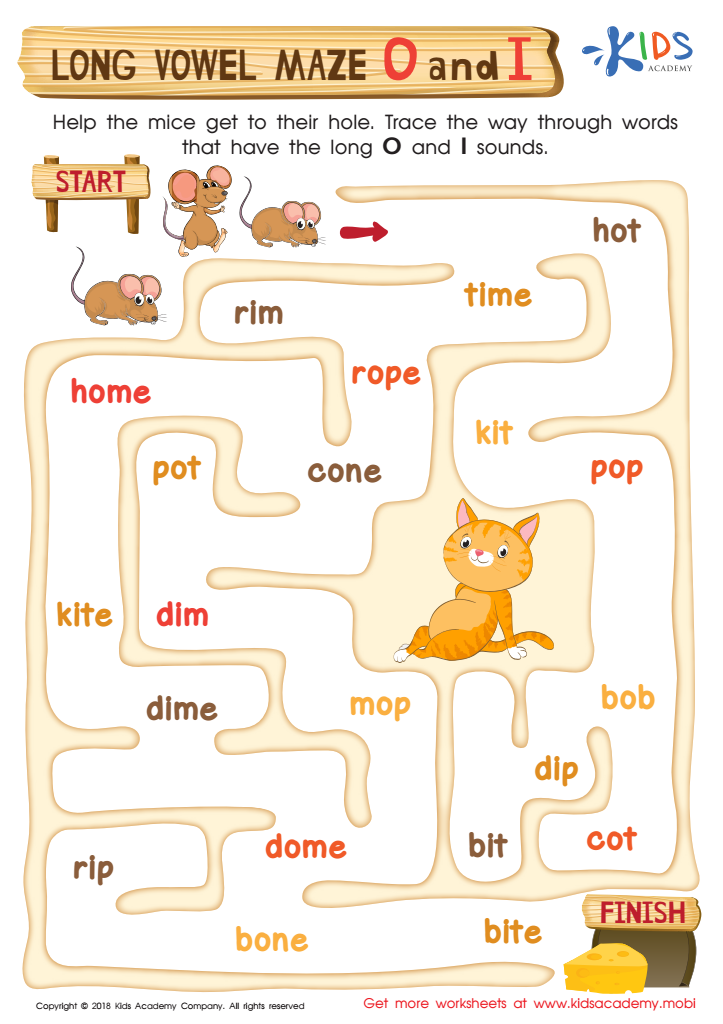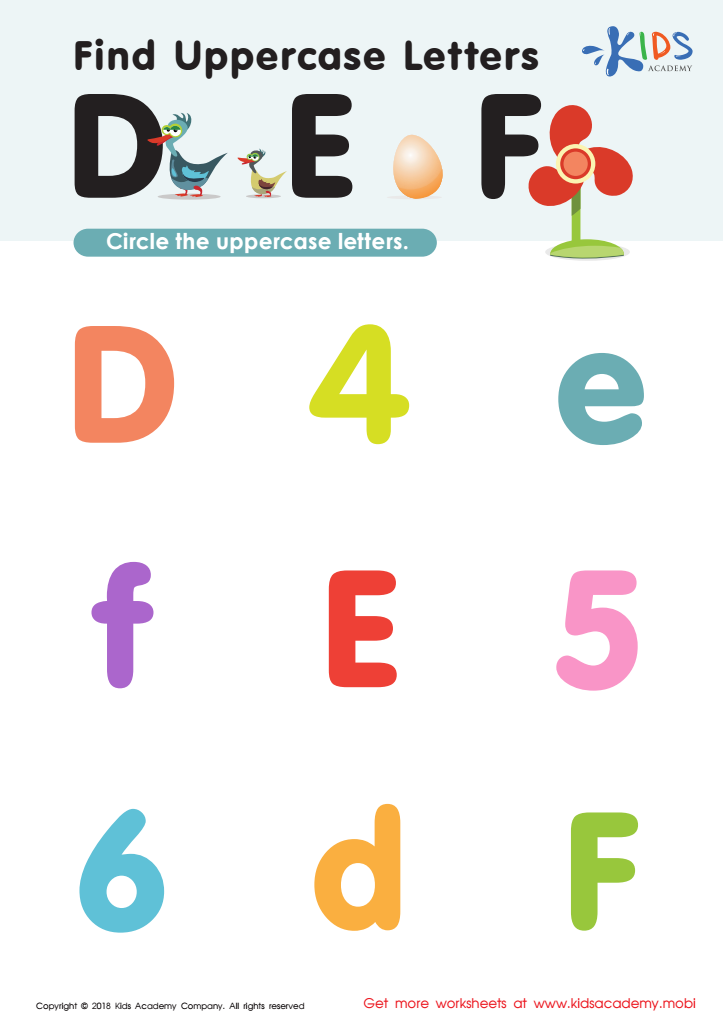Hand-eye Coordination Normal Letter Recognition Worksheets for Ages 4-6
7 filtered results
-
From - To
Boost your child's literacy skills with our Hand-eye Coordination Normal Letter Recognition Worksheets for Ages 4-6. Designed to make learning fun and engaging, these expertly crafted worksheets help young learners recognize letters while developing essential hand-eye coordination. Each activity combines visual tracking with fine motor skills, ensuring a well-rounded educational experience. Perfect for preschool and kindergarten, our worksheets lay a strong foundation for future reading success. Give your little one the confidence to excel in school with entertaining and effective exercises that turn learning into an adventure. Try our worksheets today and watch your child thrive!


Letter O Tracing Page


Find Lowercase Letters g h i Worksheet


Letter P Tracing Page


Letter H Tracing Page


Long Vowel Maze /o/ and /i/ Worksheet


Find Uppercase Letters D, E, and F Worksheet


Letter D Tracing Page
Hand-eye coordination and normal letter recognition are foundational skills essential for early childhood development, particularly for children ages 4-6. These skills are crucial as they form the building blocks for future academic and life success.
Hand-eye coordination is the ability to use our eyes to help direct our hands in physical tasks. In young children, this skill is vital for activities such as cutting with scissors, drawing, writing, and even playing sports. It assists in developing fine motor skills, necessary for writing and structuring letters correctly. Without strong hand-eye coordination, a child may struggle with everyday classroom tasks, leading to frustration and decreased confidence.
Normal letter recognition is the ability to visually identify and name letters. This skill is the cornerstone of literacy. Recognizing letters and understanding their sounds paves the way for reading and writing. Early familiarity with letters helps children develop phonemic awareness — the understanding that words are made up of distinct sounds — which is critical for reading proficiency. Delay in letter recognition can impact children's ability to comprehend reading materials, follow instructions, and express themselves effectively through writing.
Both hand-eye coordination and letter recognition should be nurtured through playful, engaging activities that motivate children rather than pressure them, ensuring their developmental journey is both enjoyable and fruitful.
 Assign to My Students
Assign to My Students















